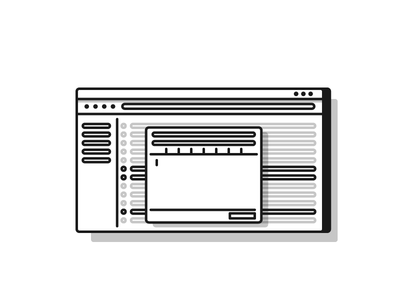On page SEO optimization is the practice of making a site’s code and content search engine friendly. SEO on page is also about a site’s architecture or how easy it is to navigate, its load time, its depth or number of pages, its age and the site’s authority. But every website or blog has to start somewhere. Very few can launch a site that immediately shoots to the top of search results. Those that do have advanced publicity. For the majority, it’s a matter of sweat equity which includes a good dose of on page SEO optimization.
In order for a site to be indexed, it must first be found. This is done through on page SEO optimization and off page optimization. Literally speaking, search engines must be told the site exists and what appears on it. That makes an on page SEO checklist necessary.
WARNING: The following on page SEO optimization tutorial requires manipulating elements and code in a specific fashion. If not properly configured, your site might be miscategorized or penalized for over optimization.
On Page SEO Optimization Elements
In completing on page SEO optimization, it’s helpful to know which elements are most effective. Assuming a site has a good navigational structure, the remaining SEO factors have to be properly configured. Without these elements being addressed, there is real no on page SEO optimization. Below is an on page SEO checklist which discusses these very elements:
- Meta Tags: each meta tag must have unique descriptions. These elements are found in the HTML code of a website and store what is known as “metadata”. Index robots read these tags to learn about the site.
- Image Alt Tags: another type of metadata, search spiders use these descriptions to decipher images placed on a website or blog. Because robots can’t “see” images, they rely on image alt tags to know what’s in an image.
- Robots.txt: these are known as “exclusion standard” conventions which literally tell index bots which pages to crawl and which to avoid. This is especially helpful for duplicate content, like printer-friendly pages. Duplicate content is penalized if there isn’t proper on page SEO optimization through robots.txt.
- Sitemap: an XML data source, a sitemap includes links to all posts and pages created on a website. The site owner controls the frequency of the sitemap’s updating and search engine submission.
- Headings: Each page and post must be structured in a search friendly manner. Descending headings are part of a website’s on page SEO optimization.
- Content: in on page SEO optimization, content is king. Content must be relevant and contain targeted keywords. This requires in-depth keyword research and strategic placement. Content is the single most important factor in on and off page optimization.
Once all the on page SEO optimization is completed, it is then time to run an on page SEO analysis. This dot’s the I’s and crosses the T’s of a site’s on page SEO optimization.
If you have launched a site or want one built with the best on page SEO optimization available, then contact us for a free consultation. We’ll be happy to discuss your needs and give you an opportunity to see why we lead the industry in on page SEO optimization.

